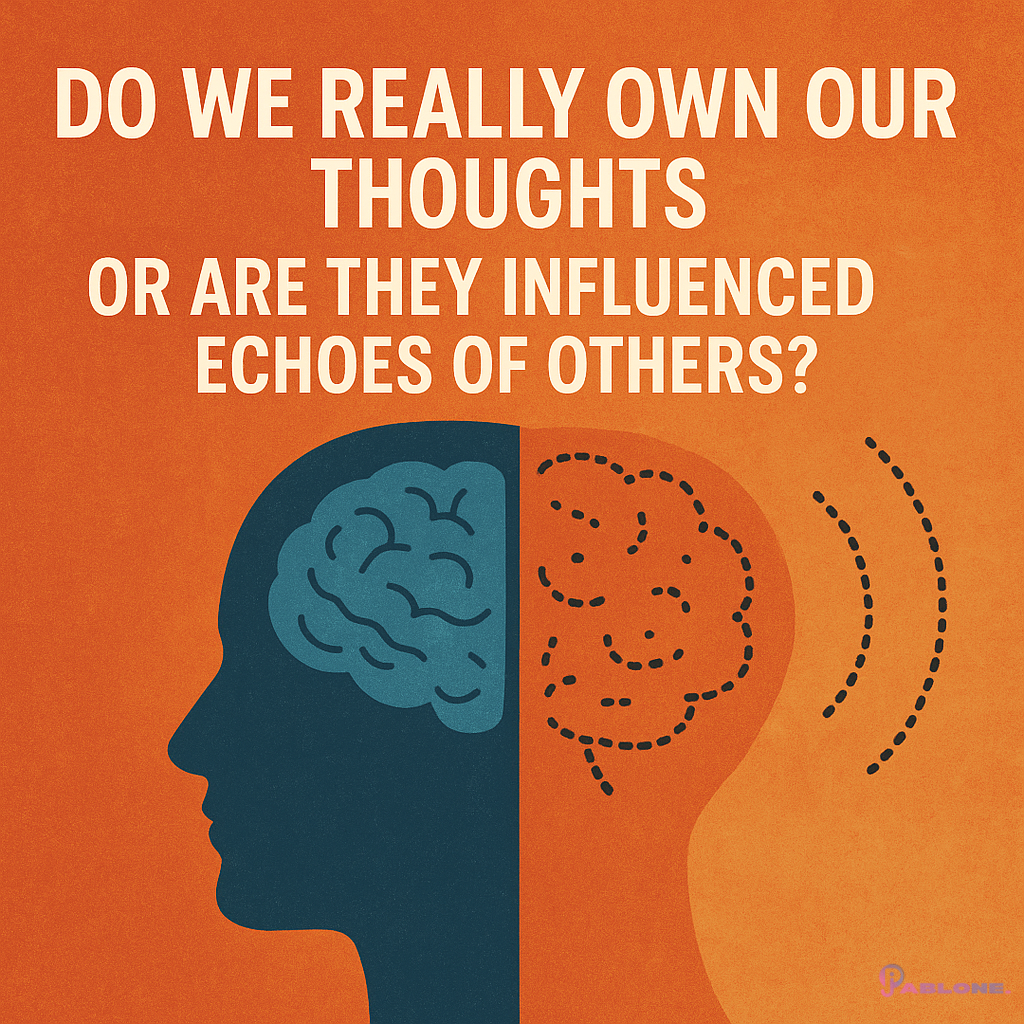Mental health, once a taboo topic shrouded in stigma, has emerged as a crucial aspect of overall well-being. In recent years, the importance of mental health has gained widespread recognition, prompting open discussions and a surge in efforts to address mental health issues globally. This blog delves into the various dimensions of mental health, exploring its significance, common disorders, treatment options, and the steps we can take to foster a mentally healthy society.
What is Mental Health?
Mental health encompasses our emotional, psychological, and social well-being. It influences how we think, feel, and act, and it determines how we handle stress, relate to others, and make choices. Mental health is essential at every stage of life, from childhood and adolescence through adulthood.
Components of Mental Health
Emotional Well-being: This involves the ability to manage and express emotions effectively, whether they are positive or negative.
Psychological Well-being: This relates to cognitive processes such as perception, memory, and decision-making, as well as self-esteem and self-acceptance.
Social Well-being: This aspect covers our relationships with others, including family, friends, and the broader community.
The Importance of Mental Health
Mental health is fundamental to living a fulfilling life. It affects how we cope with life’s challenges, build relationships, and achieve personal goals. Good mental health is associated with:
Improved Physical Health: There’s a strong connection between mental and physical health. Chronic mental health conditions can lead to physical health issues and vice versa.
Better Quality of Life: Mental well-being enhances our ability to enjoy life, fostering creativity, learning, and overall happiness.
Economic Productivity: Mental health issues can impact work performance and productivity. Addressing these issues can lead to a more effective and engaged workforce.
Common Mental Health Disorders
Mental health disorders are conditions that affect mood, thinking, and behaviour. They can range from mild to severe and can be temporary or chronic. Some of the most common mental health disorders include:
- anxiety disorders
Anxiety disorders are characterized by excessive fear or worry. They include:
Generalized Anxiety Disorder (GAD): Chronic anxiety, exaggerated worry, and tension, even when there is little or nothing to provoke it.
Panic Disorder: Recurrent, unexpected panic attacks and fear of having more attacks.
Social Anxiety Disorder: Intense fear of social situations and being judged by others.
Phobias: Irrational fears of specific objects or situations.
- Mood Disorders
Mood disorders primarily affect a person’s emotional state. They include:
Major Depressive Disorder: Persistent feelings of sadness, hopelessness, and loss of interest in activities.
Bipolar Disorder: Extreme mood swings, including emotional highs (mania or hypomania) and lows (depression).
- Psychotic Disorders
These disorders involve distorted thinking and awareness. They include:
Schizophrenia: A chronic condition characterized by hallucinations, delusions, and disorganized thinking.
Schizoaffective Disorder: A combination of schizophrenia symptoms and mood disorder symptoms.
- eating disorders
Eating disorders involve preoccupation with food, body weight, and shape. They include:
Anorexia Nervosa: An intense fear of gaining weight and a distorted body image leading to restricted food intake.
Bulimia Nervosa: Episodes of binge eating followed by purging (vomiting, fasting, or excessive exercise).
Binge-eating disorder: Regular episodes of excessive eating without purging.
- Personality Disorders
These disorders involve enduring patterns of behaviour, cognition, and inner experience that deviate markedly from cultural expectations. They include:
Borderline Personality Disorder: Instability in relationships, self-image, and emotions, along with impulsive behaviour.
Antisocial Personality Disorder: A disregard for the rights of others, lying, and manipulative behaviour.
- Post-Traumatic Stress Disorder (PTSD)
PTSD is a condition triggered by experiencing or witnessing a traumatic event. Symptoms include flashbacks, nightmares, severe anxiety, and uncontrollable thoughts about the event.
- obsessive-compulsive disorder (OCD)
OCD involves unwanted and intrusive thoughts (obsessions) and repetitive behaviours (compulsions) that the person feels driven to perform.
Causes of Mental Health Disorders
The exact cause of most mental health disorders is unknown, but a variety of factors contribute to their development, including:
Biological Factors
Genetics: Mental health disorders often run-in families, suggesting a genetic link.
Brain Chemistry: Imbalances in neurotransmitters, which are chemicals in the brain that help regulate mood and behaviour.
Medical Conditions: Chronic illnesses, injuries, or other physical health problems can affect mental health.
Psychological Factors
Trauma: Experiences such as abuse, neglect, or a traumatic event can have long-lasting effects on mental health.
Stress: High levels of stress, especially chronic stress, can contribute to the development of mental health disorders.
Personality: Certain personality traits, such as low self-esteem or being overly self-critical, can increase the risk.
Environmental Factors
Family Dynamics: Dysfunctional family interactions or relationships can impact mental health.
Socioeconomic Status: Poverty, social isolation, and lack of access to resources can contribute to mental health problems.
Cultural Influences: Cultural expectations and societal norms can affect mental health.
Recognizing the Signs of Mental Health Issues
Early identification of mental health issues is crucial for effective treatment. Common signs include:
Changes in Mood: Prolonged sadness, irritability, or extreme mood swings.
Withdrawal: Avoiding social interactions and activities previously enjoyed.
Changes in Eating or Sleeping Habits: Significant weight loss or gain, insomnia, or excessive sleeping.
Physical Symptoms: Unexplained physical ailments, such as headaches or stomach-aches.
Difficulty Concentrating: Problems with focus, memory, or decision-making.
Substance Abuse: Increased use of alcohol or drugs.
Feelings of Hopelessness: Pervasive feelings of despair or thoughts of self-harm or suicide.
Treatment and Support
Treatment for mental health disorders varies depending on the condition and its severity. Common approaches include:
- Psychotherapy
Also known as talk therapy, psychotherapy involves talking with a mental health professional to address the underlying issues causing distress. Types of psychotherapy include:
Cognitive Behavioural Therapy (CBT): Focuses on identifying and changing negative thought patterns and behaviours.
Dialectical Behaviour Therapy (DBT): A form of CBT that teaches skills to manage emotions and reduce self-destructive behaviours.
Psychodynamic Therapy: Explores past experiences and how they influence current behaviour.
Interpersonal Therapy (IPT): Addresses interpersonal issues and aims to improve relationships.
- Medication
Medications can help manage symptoms of mental health disorders. Common types include:
Antidepressants: Used for depression and anxiety disorders.
Anti-anxiety Medications: Help reduce anxiety and panic attacks.
Antipsychotics: Used for conditions like schizophrenia.
Mood Stabilizers: Used for bipolar disorder.
- Lifestyle Changes
Certain lifestyle modifications can significantly impact mental health:
Regular Exercise: Physical activity releases endorphins, which can improve mood.
Healthy Diet: Nutrition affects brain function and mood.
Adequate Sleep: Proper rest is essential for mental health.
Stress Management: Techniques like mindfulness, meditation, and relaxation exercises can help reduce stress.
- Support Systems
Strong support systems, including family, friends, and support groups, can provide emotional assistance and practical help.
- Holistic Approaches
Some individuals benefit from holistic approaches, such as yoga, acupuncture, and herbal remedies, as complementary treatments.
Promoting Mental Health Awareness
Raising awareness about mental health is crucial to reducing stigma and encouraging individuals to seek help. Here are ways to promote mental health awareness:
- Education
Educate yourself and others about mental health conditions and their signs and symptoms. Understanding that mental health is just as important as physical health can change perceptions.
- Open Conversations
Encourage open and honest discussions about mental health. Creating a safe space for these conversations can help individuals feel more comfortable seeking help.
- Support Advocacy Efforts
Support organizations and initiatives that advocate for mental health awareness and policy changes. Participate in events, donate to mental health causes, and use your platform to spread awareness.
- Reduce Stigma
Challenge stereotypes and misconceptions about mental health. Treat people with mental health conditions with compassion and respect, just as you would anyone else.
- Encourage Help-Seeking
Promote the message that seeking help is a sign of strength, not weakness. Encourage friends, family, and colleagues to seek professional support if they are struggling.
The Role of Society in Mental Health
Creating a mentally healthy society requires collective effort from various sectors:
- Healthcare System
Access to Care: Ensure that mental health services are accessible, affordable, and inclusive.
Integrated Care: Combine mental and physical healthcare to address all aspects of well-being.
Research: Support research to develop better treatments and understand the causes of mental health disorders.
- Education System
Mental Health Education: Incorporate mental health education into school curricula to teach children and adolescents about mental well-being.
Support Services: Provide school-based mental health services, including counselling and support programs.
Anti-Bullying Initiatives: Implement programs to prevent bullying, which can have a significant impact on mental health.
- Workplace
Mental Health Policies: Develop workplace policies that support mental health, such as flexible working hours and mental health days.
Employee Assistance Programs: Offer programs that provide confidential counselling and support services.
Mental Health Training: Train managers and employees to recognize signs of mental health issues and provide support.
- Community
Community Programs: Establish community programs that promote mental health and provide resources for those in need.
Safe Spaces: Create safe spaces where individuals can discuss their mental health without fear of judgment.
Public Awareness Campaigns: Run campaigns to educate the public about mental health and reduce stigma.
Conclusion
Mental health is an integral part of our overall well-being, influencing every aspect of our lives. Understanding mental health, recognizing the signs of mental health disorders, and knowing the available treatment options are crucial steps in fostering a mentally healthy society. By promoting mental health awareness, reducing stigma, and creating supportive environments, we can help individuals lead happier, healthier lives.
Together, we can make mental health a priority and ensure that everyone has the opportunity to thrive. Let’s commit to being compassionate, informed, and proactive in addressing mental health issues, paving the way for a brighter future for all.








Leave a Reply